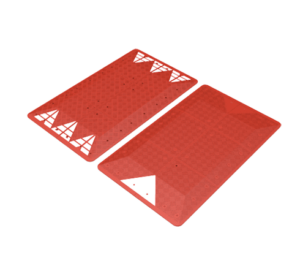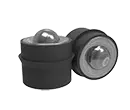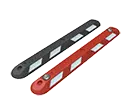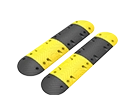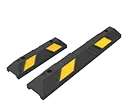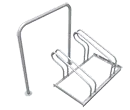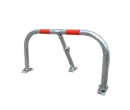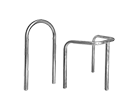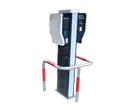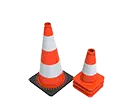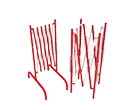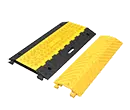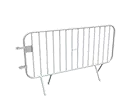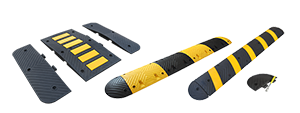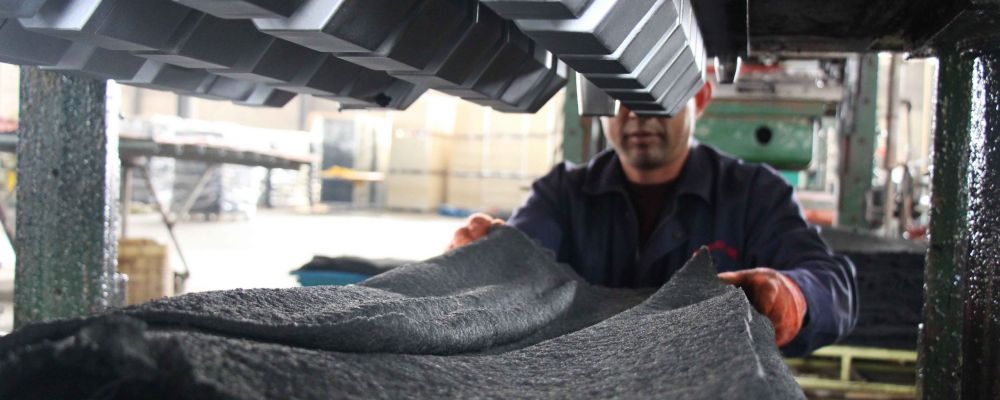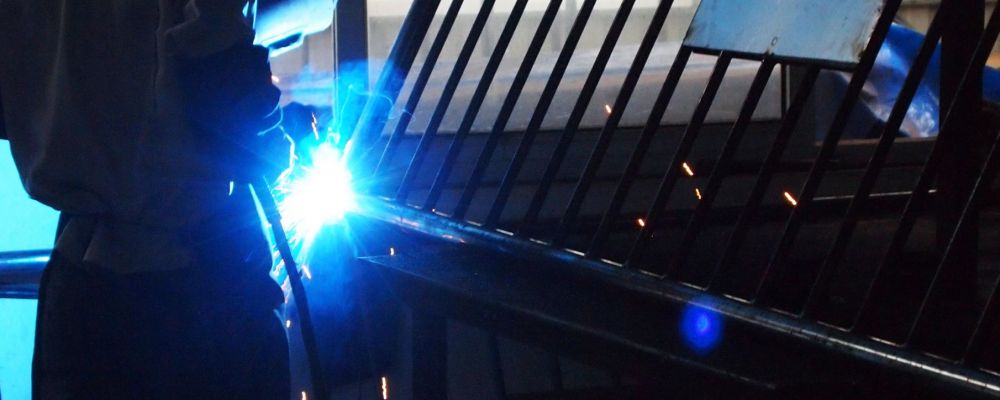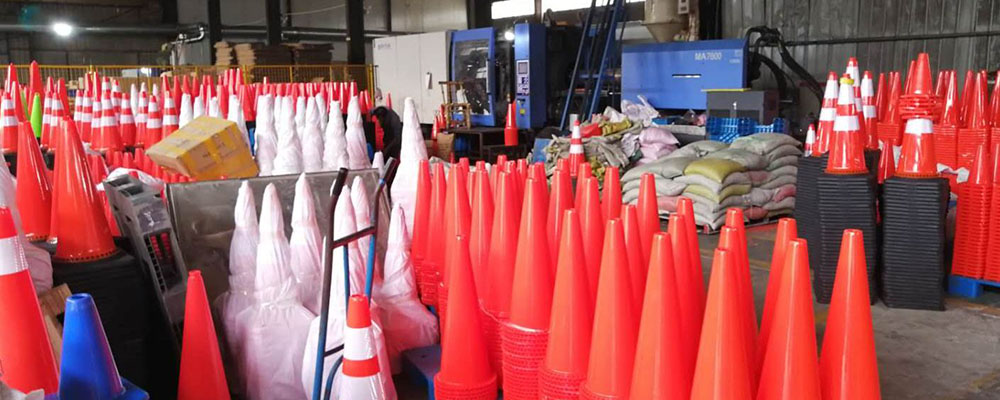What do traffic calming measures do?
With a ten-fold increase in the UK’s traffic flow over 70 years, the country is in dire need of efficient traffic calming measures & traffic management standards.
This is because high traffic volume has become a threat to pedestrian safety. Cyclists are endangered as well. Also, the pollution levels are higher than ever, both noise and atmospheric.
All of this commotion is hazardous and is ruining the UK’s livability. The solution is to implement better traffic calming measures. These are effective forms of traffic control and comprise many traffic control devices apart from signs and traffic signals.
They work based on the speed reduction of every motorist. These are effective traffic-calming options for lessening the number of crashes. They cater to all motorists (including large buses) and cyclists as well. They’re valued over police enforcement.
Hence, it is important to understand what traffic calming measures do and the traffic safety situation.
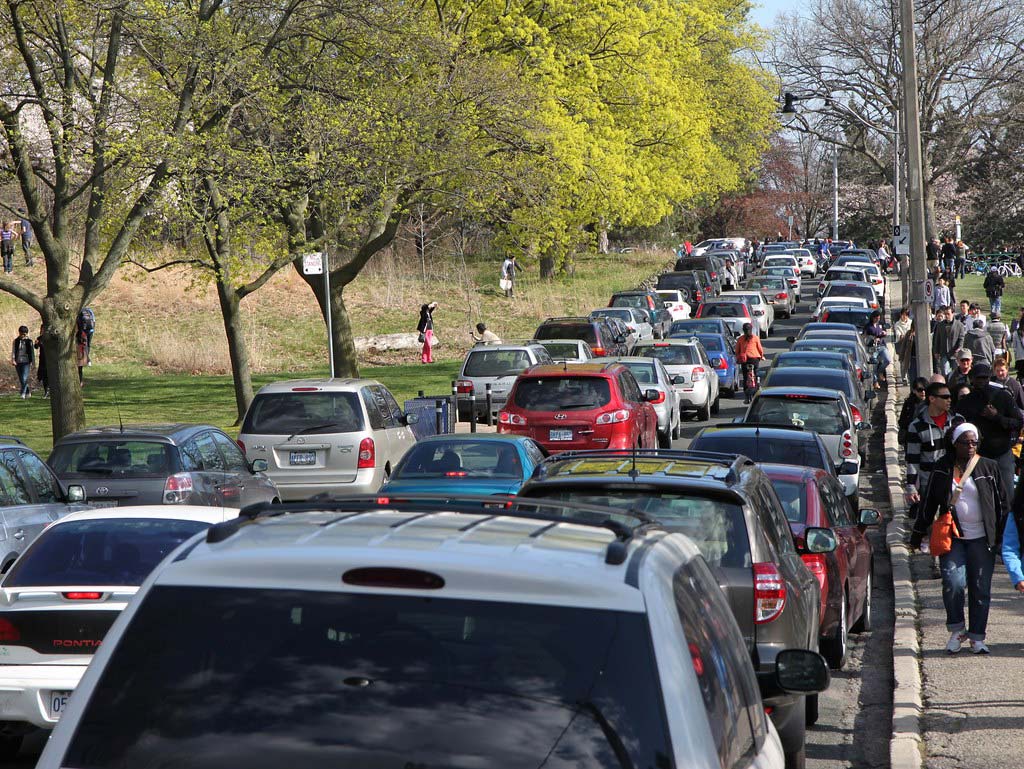
Get to know about the traffic calming guidance
Every country has a department of transportation that researches traffic management and the relevant legislation for a better implementation of traffic laws. It is also very important to know about the traffic calming measures used regularly.
One must be aware of their impact on road traffic safety, including their effects on emergency vehicles like fire trucks. In conclusion, all of the above falls into traffic calming guidance. This guidance discusses the laws regarding traffic control devices and their design and effectiveness.
For pedestrians who conform to the rules of the UK’s Department of Transport, their ideas are quite clear regarding traffic calming. The following are some of the most interesting traffic-calming guidance that one must know about:
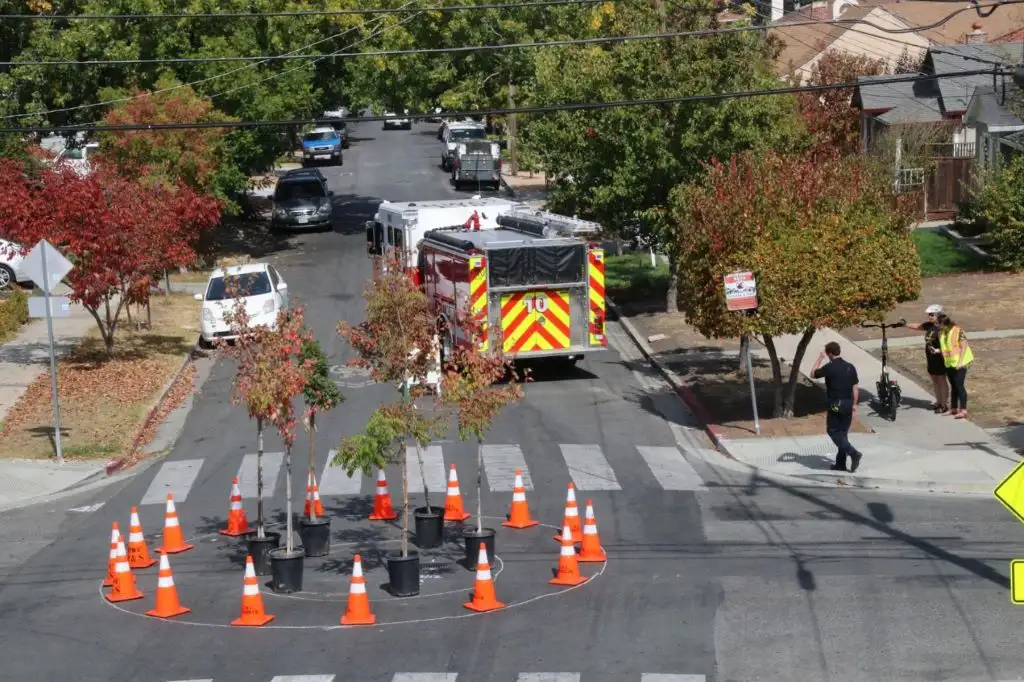
Traffic calming regulations
There are several important legislations regarding traffic control devices. For instance, speed bumps & humps can only be constructed where the speed limit is up to 30 miles per hour.
Furthermore, the rules dictate that the speed bump or humps’ heights have to be between 25 and 100mm, while some exceptions exist.
Signs and marking must be implemented on speed bumps more than 150m apart. Also, speed humps cannot be used on bridges, subways, and tunnels. They also cannot be constructed within 25m of their vicinities or 20m near a railroad crossing.
Continuing with vertical deflections, rumble strips cannot be higher than 15mm, and their vertical face is 6mm.
Plus, highway safety authorities must inform the police, the residents, as well as any emergency-response teams and all the relevant committees before beginning any speed hump construction project.
Buses are highly affected by traffic control, and their operators also need to be consulted.
There is a special emphasis on consulting emergency vehicle providers. Less calming measures can be considered for routes with more emergency vehicles.
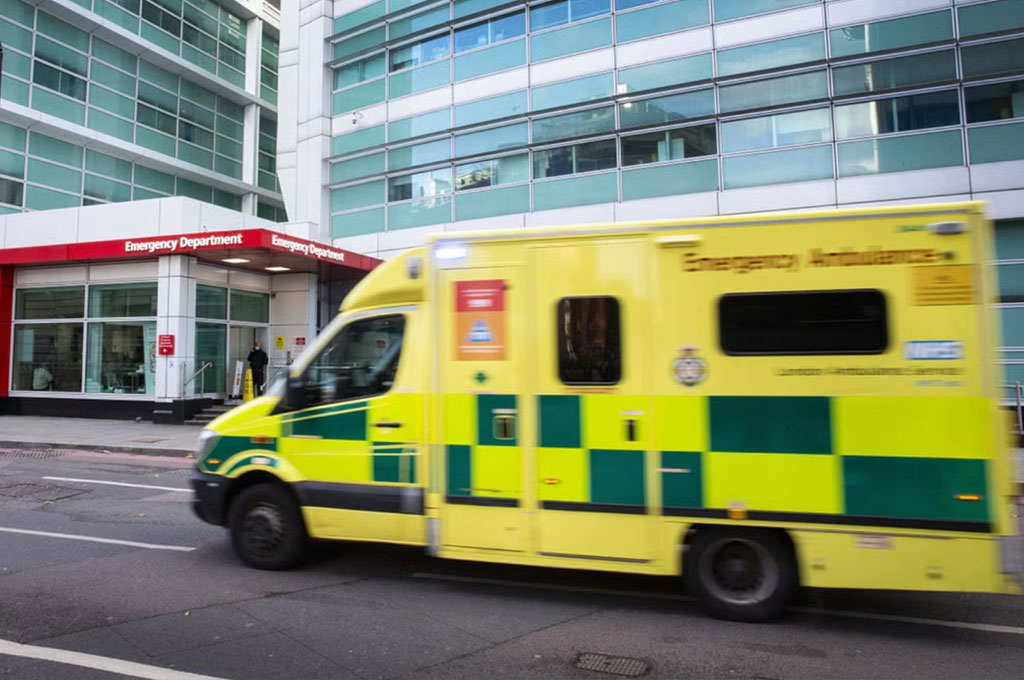
Also, road humps here cannot be installed there in less than 100m intervals. These bumps in the road shouldn’t be taller than 75mm. In the case of bicyclists, cycle lanes are to be 1.5m in width and shouldn’t exceed 2m.
For measures like chicanes, islands, etc., municipalities don’t need to add warning signs in 20 mph zones. But carriageways with more narrowings can allow bicycles and motorists to share the road space.
The effect on speeds is often deduced by observing the traffic data of the 85th percentile.
Speed breakers
Speed breakers are widely used because they are effective and can be adequately spaced to be used on most roadways.
75mm high humps are recommended by the UK government as they cater to most vehicular ground clearances.
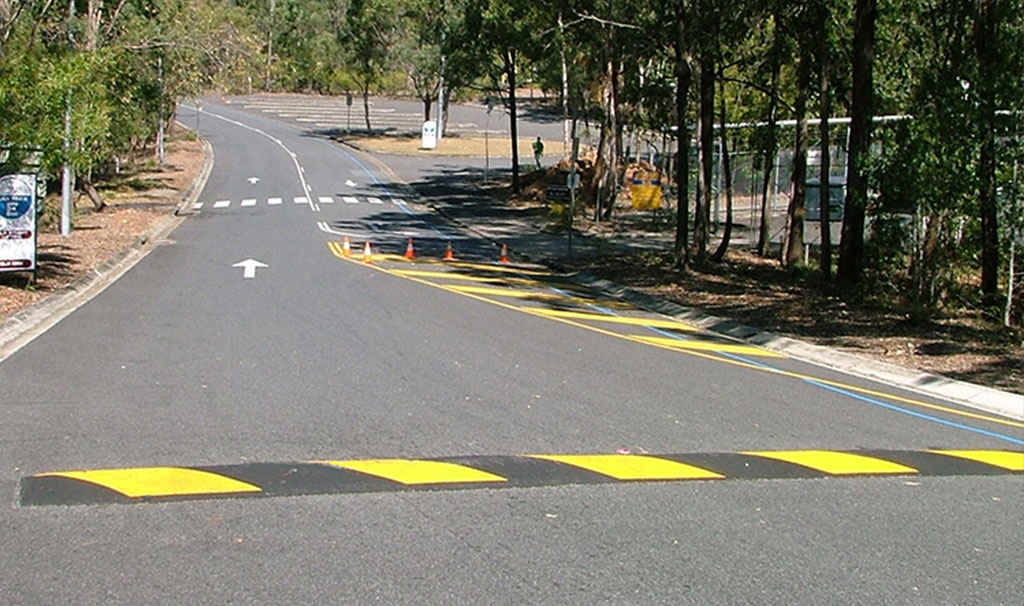
The following are the types of speed breakers used in the country:
- Roundtop and flat-top humps
- H- and S- road humps
- Thermoplastic & PVC speed humps
- Rubber Speed cushions
Some areas also use sinusoidal humps that cause less discomfort to cyclists. One can also find some mechanical humps with varying heights. One can also find a speed table where needed.
Only private properties such as parking lots, petrol stations, and universities can use temporary speed humps made of rubber or other materials other than asphalt.
But remember that rubber speed cushions are designed to be installed on public roads. A yellow and black rubber road bump cannot be used on most public roads.
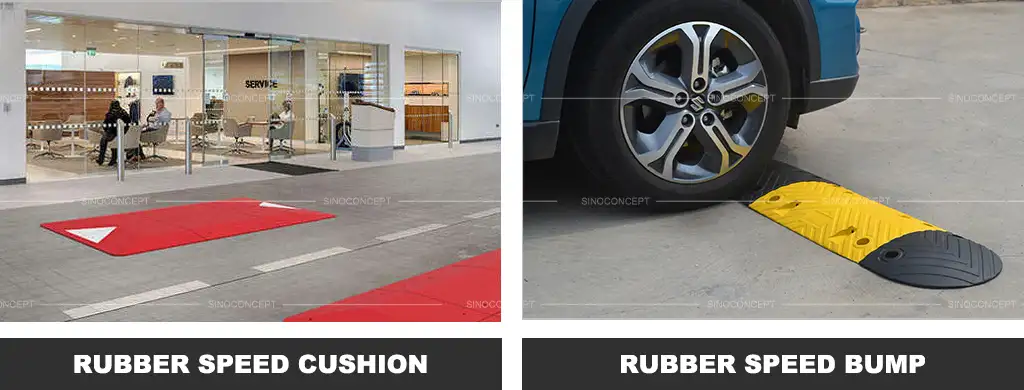
While plenty of speed bumps are popular for speed reduction, concrete or asphalt ones do have disadvantages. They’re known to cause damage to vehicles and discomfort to their occupants if they’re not being approached at a low speed.
Speed breakers are some of the most cost-effective options for traffic calming. Construction costs per device can vary from 300 pounds for a single-speed cushion to 10,000 pounds for a raised junction.
Road narrowings
These measures bring about a horizontal deflection or change in the traffic direction. Any motor vehicle that passes through has to swerve. Road narrowing is done extensively in the UK and has slowed down speeding cars.
The narrowed road can be used to make way for the bus or cycle lanes. Overall, road narrowing mainly includes the following:
- Chicanes
- Pinch points
- Traffic islands and refuges
- Sheltered parking
Chicanes are some of the most effective techniques for speed control. They can be single-lane or two-way working and are usually preceded by speed cushions for maximum effectiveness.
Chicanes are also more effective in reducing noise pollution than speed humps.
But as useful as they are, residents and heavy vehicle drivers say that their discomfort is a huge disadvantage.
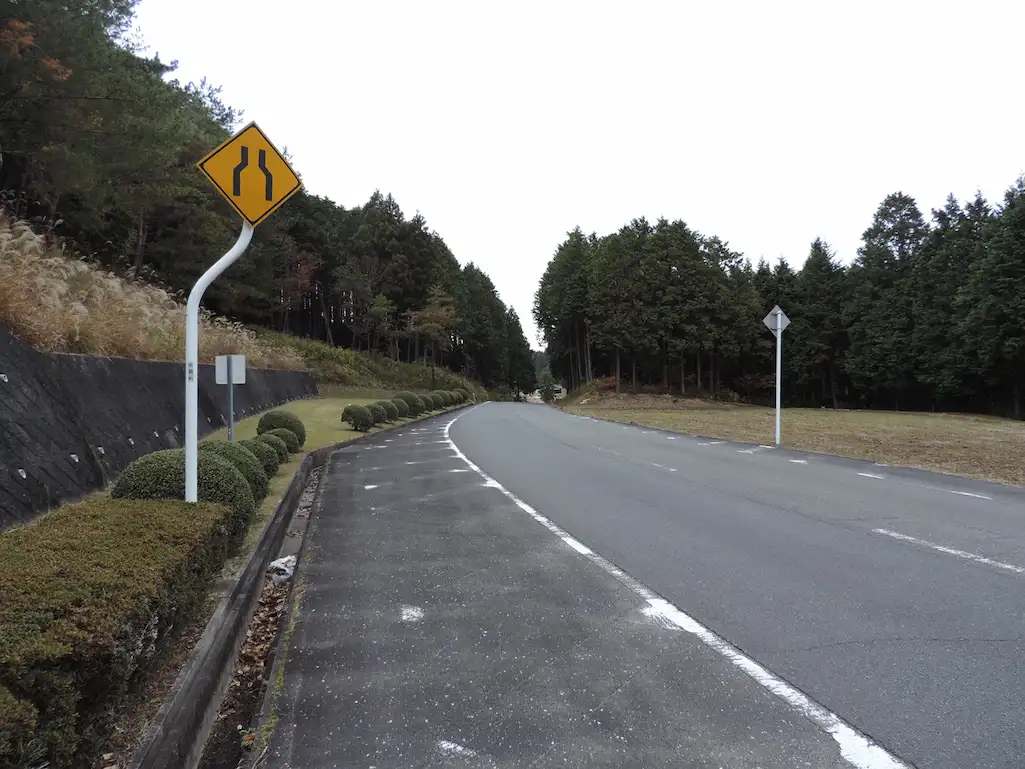
Other devices
- Gateway
A gateway is a point of entry into a street or onto a road. It is an effective upgrade to an uncontrolled intersection. It is signified by a change of road surface and colour, coupled with reflective signage. They’re used to signal entry to a slow zone.
- Roundabouts and traffic circles
A roundabout or a traffic circle is used in a junction to allow traffic to flow in one direction. It is an alternative to a set of traffic lights. Roundabouts also enhance the aesthetic beauty of their junctions, as street furniture can be installed on their surfaces.
- Vehicle Activated Devices
These include variable message signs and flashing lights that indicate a vehicle’s speed and deliver warnings. Also included are speed cameras that fine motorists for speeding over the speed limit.
- Miscellaneous
Several other devices exist so that traffic slows down. These include but aren’t limited to traffic signals, trees, benches, bollards, traffic signs and markings.

5 facts about the residential traffic calming situation
- Britain’s traffic has increased from 28.9 billion vehicle miles in 1949 to 356.5 billion in 2019.
- A reduction of 1 mph in average vehicle speeds can reduce the total number of accidents by 5pc.
- 20 mph zones have reduced accidents up to 70pc where introduced.
- Research shows that transverse depressions in the road are more effective than speed bumps in snowy conditions.
- Speed cameras have decreased the severity of crashes or the number of fatalities by up to 40pc in some places.
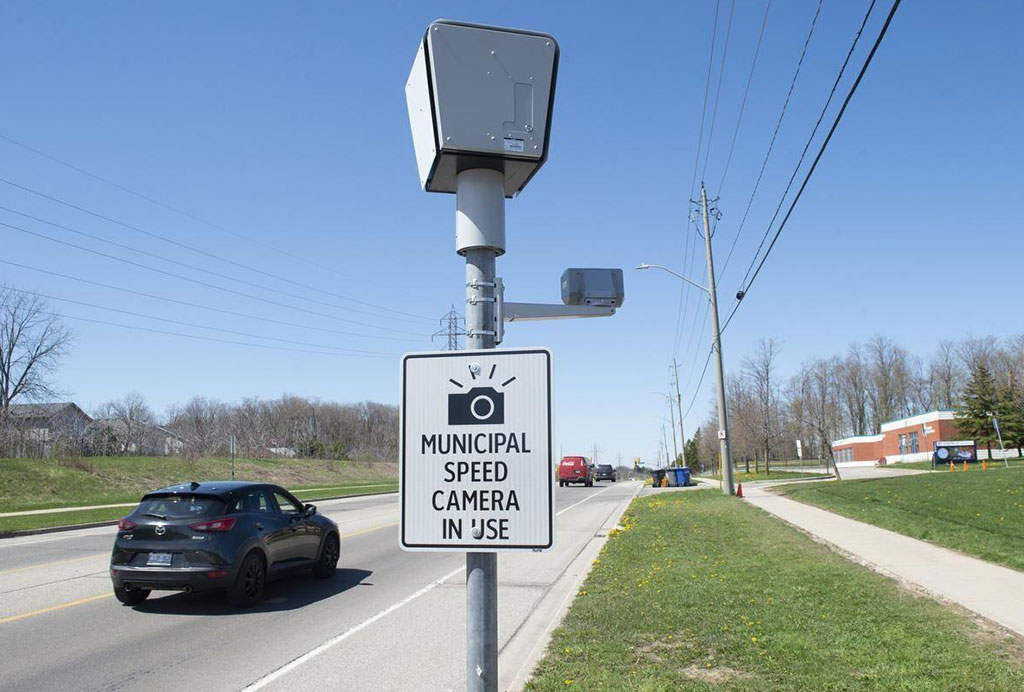
Conclusion
To conclude, enforcing traffic rules has become more difficult with the increase in traffic. Efficient traffic engineering is the only way for road traffic to follow the road rules.
This can be done by using intelligent transportation systems with traffic calming methods at the forefront. These measures have worked effectively to counter and reduce the traffic count in the past.
They have evolved extensively to become better at controlling oncoming traffic. They are also more cost-efficient than deploying policemen. Slow traffic will benefit everyone by reducing crashes and pollution.
To learn more, we advise you to refer to the following pages:

